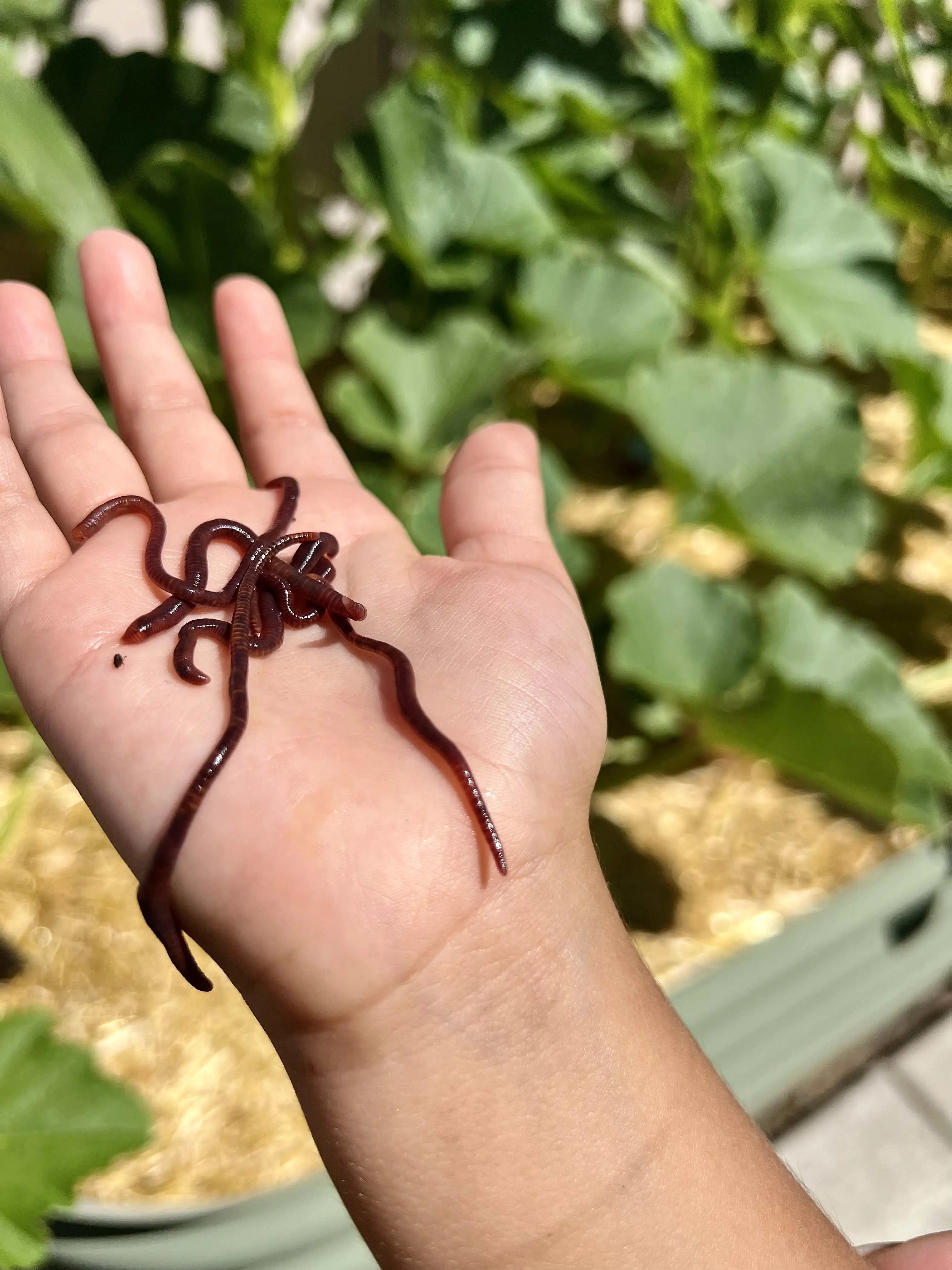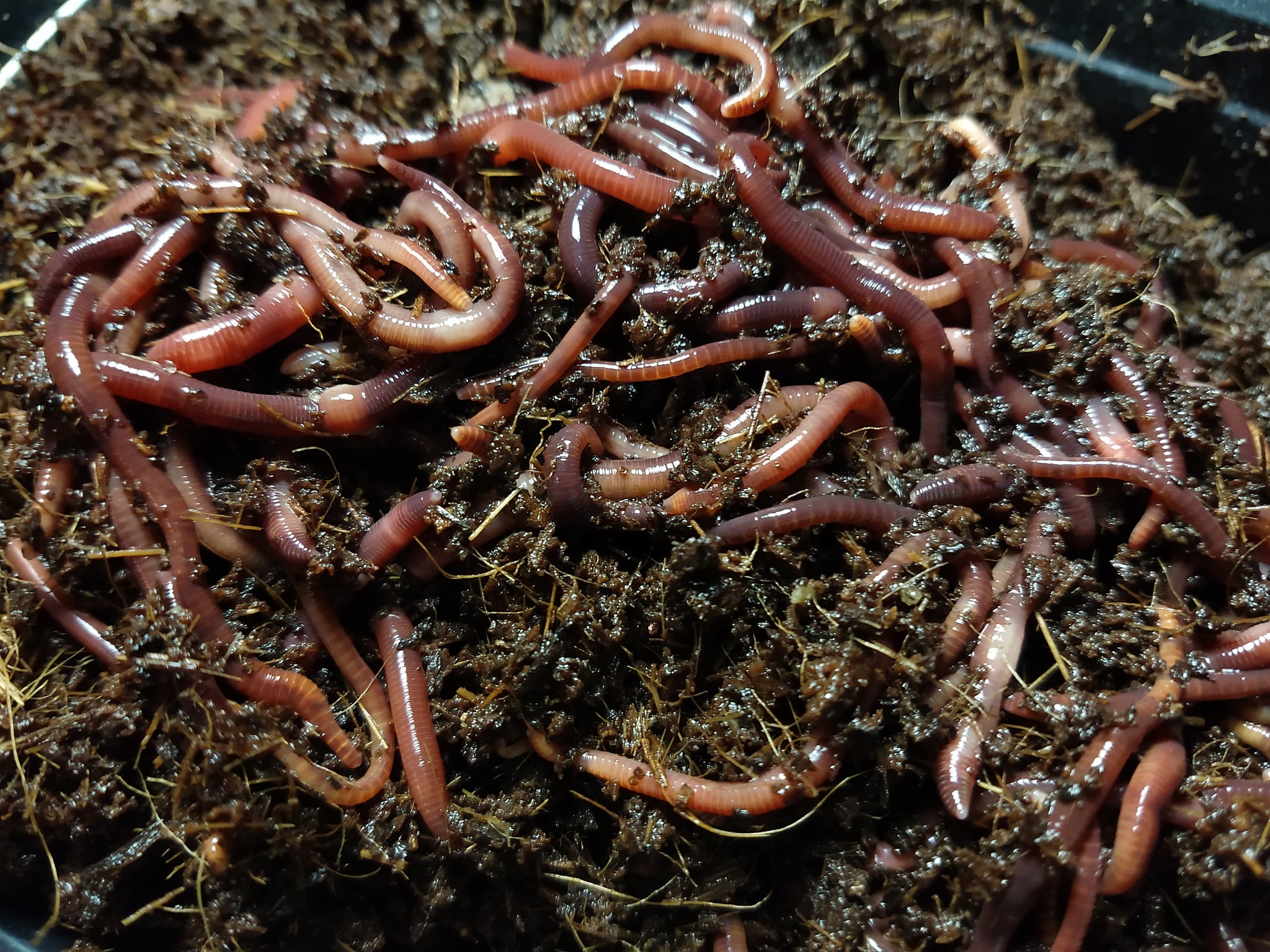Transform Your Lawn with the Expertise of Red Wiggler Express Lawn Care Professionals
Transform Your Lawn with the Expertise of Red Wiggler Express Lawn Care Professionals
Blog Article
Discover the Advantages of Red Wigglers: Nature's Ideal Soil Enrichers
These microorganisms not just succeed in damaging down natural waste yet also considerably boost dirt quality, producing a prospering ecological community conducive to plant growth. The concern stays: just how can we properly integrate these soil enrichers into our gardening regimens to optimize their potential?
What Are Red Wigglers?
What specifically are red wigglers? Red wigglers, clinically known as Eisenia fetida, are a species of earthworm renowned for their duty in vermicomposting.
Red wigglers possess a high reproductive rate, permitting populaces to grow rapidly in suitable conditions. They eat natural issue, including kitchen scraps and yard waste, simplifying into nutrient-rich castings that boost dirt fertility. Unlike other earthworm species, red wigglers favor a cooler setting and can tolerate high raw material material, which makes them ideal for composting systems.
These worms are generally utilized in home gardens, business farming, and waste management systems as a result of their effectiveness in recycling nutrients and boosting dirt structure - Lake Hickory Bait. Their visibility in a compost container symbolizes a healthy ecological community, as they assist balance wetness levels and freshen the substrate. Comprehending the biology and behavior of red wigglers is essential for optimizing their benefits in lasting farming and gardening techniques
Benefits of Vermicomposting
Vermicomposting, the procedure of utilizing red wigglers to decay organic waste, supplies various benefits for both home gardeners and large agricultural procedures. Among the main advantages is the efficient recycling of natural products, which decreases land fill waste and adds to a much more lasting environment. By transforming kitchen scraps and lawn waste right into nutrient-rich compost, vermicomposting promotes a round economic situation within homes and areas.
Additionally, vermicomposting improves the microbial task within the garden compost. Red wigglers excrete a compound referred to as worm castings, which is rich in valuable microorganisms. These bacteria help in damaging down raw material and enhancing vitamins and mineral schedule for plants. Furthermore, the existence of red wigglers in garden compost systems aids manage moisture levels and enhances aeration, producing a much healthier setting for decomposition.
The procedure is additionally reasonably reduced upkeep, making it obtainable for people with restricted gardening experience. By utilizing vermicomposting, users can grow a lasting method that not only enriches their gardens yet additionally promotes a deeper connection with environmental stewardship. On the whole, the advantages of vermicomposting prolong beyond mere waste reduction, adding to much healthier environments and enhanced agricultural techniques.

Enhancing Dirt Quality
Enhancing dirt quality via the unification of red wigglers significantly advantages both home gardens and farming landscapes. These earthworms play a crucial duty in the soil community by breaking down organic issue and facilitating the decomposition procedure. As they eat natural waste, they create nutrient-rich castings that serve as a natural plant food, boosting the dirt's nutrient material and structure.

(Lake Rhodhiss Bait)Furthermore, red wigglers enhance the soil's ability to retain dampness, lowering the demand for regular watering and making sure that plants get a consistent supply of hydration. This dampness retention is specifically helpful in drought-prone areas, creating a more resistant yard or agricultural setup. On the whole, integrating red wigglers into soil monitoring methods results in enriched dirt that sustains lasting gardening and farming initiatives.
Improving Plant Development
The presence of red wigglers in dirt substantially increases plant growth, working as natural catalysts for much healthier greenery. These earthworms boost the dirt structure, advertising better oygenation and drain. Lake Hickory Bait. As they delve with the soil, they produce channels that promote root infiltration, enabling plants to accessibility necessary nutrients and water better
Additionally, red wigglers contribute to the nutrition cycle by breaking down raw material into nutrient-rich spreadings. These castings are abundant in nitrogen, phosphorus, and potassium, the key nutrients needed for plant health. Their slow-release nature makes sure that plants can soak up these nutrients in time, lowering the danger of nutrient leaching and giving sustained support for development.

Just How to Make Use Of Red Wigglers
Although many gardeners may be unaware, incorporating red wigglers into their gardening practices can considerably enhance soil fertility and structure. These earthworms, known scientifically as Eisenia fetida, thrive in compost and raw material, making them ideal for vermicomposting systems. To begin making use of red wigglers, develop a vermicomposting container that is well-ventilated and has a bed linens product such as shredded paper, cardboard, or coconut coir.
Add kitchen area scraps like vegetable peels, coffee grounds, and smashed eggshells to give a well balanced diet plan for the worms. Prevent adding meat, dairy, and oily foods, as these can attract parasites. Consistently check dampness degrees; the bed linen ought to remain damp yet not soaked.
As the worms consume the organic waste, they produce nutrient-rich spreadings that can be harvested and blended into yard soil or utilized as a fertilizer. A basic guideline is to make use of one part worm spreadings to three components soil for ideal results. Furthermore, red wigglers can be presented directly into garden beds to facilitate all-natural aeration and improve microbial task, thus advertising healthier plant growth and boosted soil high quality.
Verdict
To conclude, the integration of red wigglers into composting techniques provides considerable benefits for soil enrichment and plant wellness. Their efficient decay of natural matter boosts soil framework, moisture retention, and microbial task. By making use of these amazing microorganisms, gardeners can promote a sustainable community that fosters healthy plant development and makes best use of nutrient availability. Embracing vermicomposting not only adds to ecological sustainability yet also sustains the cultivation of growing gardens, demonstrating the important function of red wigglers in eco-friendly equilibrium.
Report this page